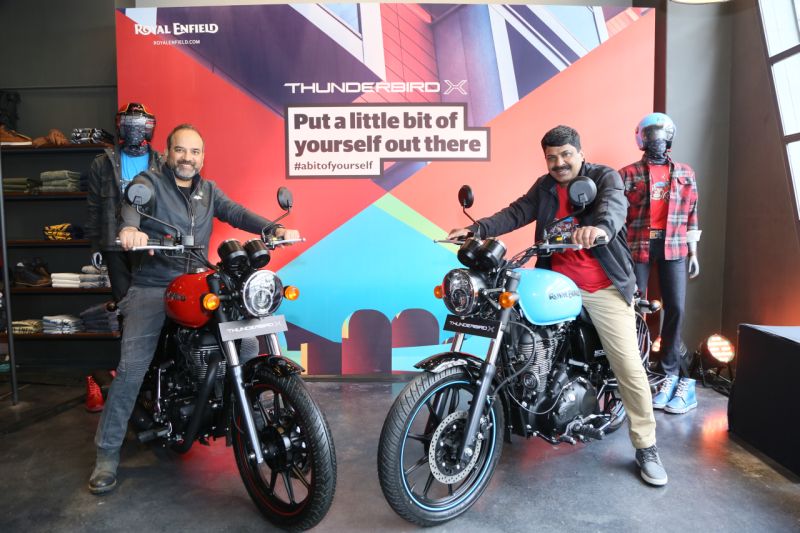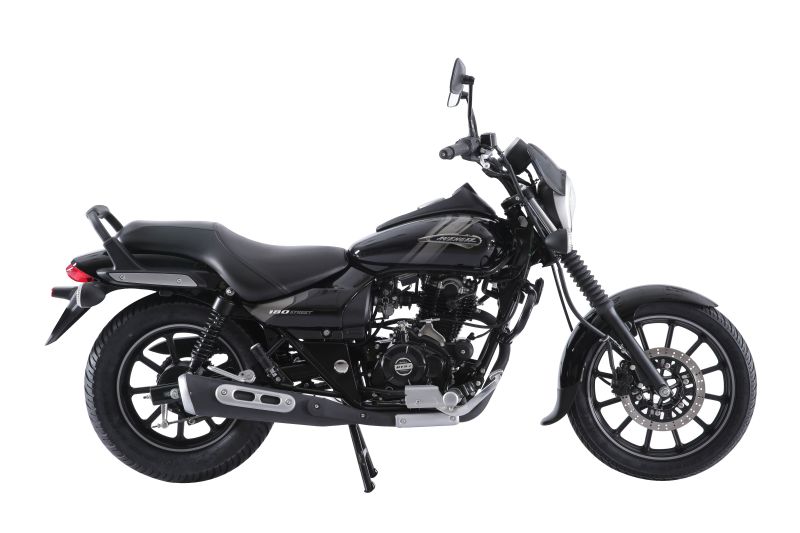
The trendy factory-custom Thunderbird 350X is priced at Rs 1.56 lakh and the more powerful Thunderbird 500X costs Rs 1.98 lakh (ex-showroom, New Delhi). Both motorcycles can be booked at all Royal Enfield dealerships across major cities. [Read more…] about Royal Enfield Thunderbird X Launched In India
Latest Bike News
Triumph launch the Bonneville Speedmaster in India

The British marque, Triumph, have added a cruiser to their Bonneville range of modern classics – the new Speedmaster.
[Read more…] about Triumph launch the Bonneville Speedmaster in India
TVS Ntorq 125 Launched in Pune

Following a national launch earlier this month, the TVS Ntorq 125 is now being launched regionally. [Read more…] about TVS Ntorq 125 Launched in Pune
Kawasaki launches Z900RS in India at Rs 15.30 lakh

With retro styling and modern tech, the new Z900RS offers the best of both worlds. Inspired by the classic design of the Kawasaki Z1, which was the king of cool back in the day, the Z900RS is sure to tug at the heartstrings of every enthusiast. [Read more…] about Kawasaki launches Z900RS in India at Rs 15.30 lakh
2018 Bajaj Avenger 180 Street Launched

The 2018 Bajaj Avenger 180 Street has been launched and rolls in to replace the current Avenger 150 Street. [Read more…] about 2018 Bajaj Avenger 180 Street Launched

